The Turkomanic Leaque.
This generic term is used to describe the Turkic tribes’ confederation in the moment that Seljuks embraced Islam and started to dominated the rest of sub trines including the Oghuz Tribe they were originally had their origin through the Qiniq tribe. As Turkmen we include the douzens of minor Turkic tribes that were part of the confederation but still hold a semi autonomous status until Seljuks dominated over them by force. In fact Turkic people were known to Romans since their pact to have a common aggressive against the Sassanid Empire. In TGC mod’s timeframe they will appear sometime invading both to Roman and Arabic lands. Their ancestors though were included as mercenaries in Abbasid and Tulunid Emirates that eventually razed to the society climax and became part of those states nobility.
The confederacy is split in 4 parts. The Emir’s personal army mostly maned by Seljuks but also from all the sub tribes, the original Oghuz tribe, The Seljuk (Qiniq) tribe, the Turkmen that represent the rest of sub tribes and finally the Daylami spearmen as their unique vassal troops.
The Oghuz:"The Oghuz (Torki) in the south Russian steppes The Oghuz tribes had been concentrated in the Syr Darya-Aral Sea steppes and adjacent areas. It was here that their tribal union took shape in the 8th century. Under their yabghu, the Oghuz had been allies of the Khazars against the Pechenegs whom they drove westward. They joined with the Rus' in 965 to invade Khazaria and again in 985 to attack the Volga Bulghars. By this time, however, the Oghuz confederation was experiencing pressure from neighboring tribes and the Islamic states of Central Asia. Concomitant with this were severe and explosive internal tensions. The latter found expression frequently in the religious conflict of Muslim Oghuz warring on their still pagan kinsmen. This was highlighted by the Saljuq movement. This unstable Oghuz union was then hit by a series of Shockwaves set off throughout the steppes by the "Qun migration," beginning c. 1017-18 and probably taking place in several stages. This resulted in the migration of elements of the Oghuz to the south Russian steppes, while others entered the Islamic world. The Oghuz, called Tork, plural Torki (*Tdrk, Turk) in Eastern Slavic, reappear in the Rus' chronicles sub anno 1054 or 1055 after an absence of seventy years. Under this date it is recorded that Vsevolod, brother of Iziaslav who had just taken the throne of Kiev, "marched on the Torki, in wintertime, near Voin, and defeated them."4 5 The casual tone of the annalist, who did not feel the need to enter into details, indicates that this was not the first such encounter. Individual Oghuz were probably already present in Rus'. Thus, we find that a certain "Torchin" (i.e. "the Tork") took part in the assassination of prince Gleb in 1015. It is very likely that with the fall of Khazaria, Oghuz groupings had crossed the Volga and were already beginning to penetrate the eastern portions of the Caspo-Pontic steppes, exerting, as we have seen, pressure on the Pechenegs. The Cumans, who will be discussed below, appeared in the same year as Vsevolod's campaign. The Oghuz movement deeper into the south-Russian steppes is connected with them. In 1060, Prince Iziaslav of Kiev and his brothers Sviatoslav and Vsevolod, "gathering innumerable warriors" staged a land and sea assault on the " T o r k i . " The latter, who were probably now located between the Don and Dnieper, were forced to take flight. Thousands died of hunger, cold and an epidemic which broke out amongst them. By 1064-5,t n e v n a d reached the Byzantine Danubian frontier. Repulsed here and in 1068 in eastern Hungary, some of the Oghuz remained in the Byzantine borderlands following the familiar pattern of alternately raiding Byzantine lands and finding employment in imperial service. Oghuz units, as with the Pechenegs, defected to the Saljuqs, their fellow tribesmen, at Manzikert. Others returned to the Pontic steppes where together with other nomadic bands they were organized into border guard units in service to the Kievan state. These were the Chernye Klobuki. (lit. "Black hoods"). The Chernye Klobuki evolved out of groups of Torki, Pechenegs and the lesser known tribes or clans of the Berendei, Kui (or Kovui), Turpei and Buty. In the period 1060-1140, they were not formally organized within the Rus' state but were rather nomadic groups that cooperated with the princes of Kiev. At different times various elements of them sought refuge within the confines of Rus' in return for sevice. They came to be largely located within the Kievan principality, although smaller bands existed in the other principalities. After 1140, relations with Kiev evolved into a more formal system entailing both vassal and mercenary elements. It is at this point that we can properly speak of the Chernye Klobuki perse. The Chernye Klobuki tended to follow whoever sat on the Kievan throne, their loyalty, sometimes shaky, focusing on the office rather than a given individual. Independent nomadic groupings of Torki, Pechenegs and Berendei apparently continued to exist, often serving as mercenaries with the Rus'. A number of towns are associated with the Chernye Klobuki: Torchesk ("Tork-town") and two towns named after chieftains, Chiurnai and Kuldiir (Kul'diur'). Iur'ev, on the Ros' river at its confluence with the Ruta, marked the beginning of their territory. Torchesk was probably located south of it. The Rus' campaign of 1060 was followed by a Cuman attack on Rus' in 1061. In this, the first recorded Cuman-Rus' hostilities, the Kievan princes were defeated. Here again, we may presume a link between the Oghuz encroachments which produced the Rus' response of 1060 and the events of the following year. To round out our picture, we must now look more closely at the nomads who set these events in motion."
The army:
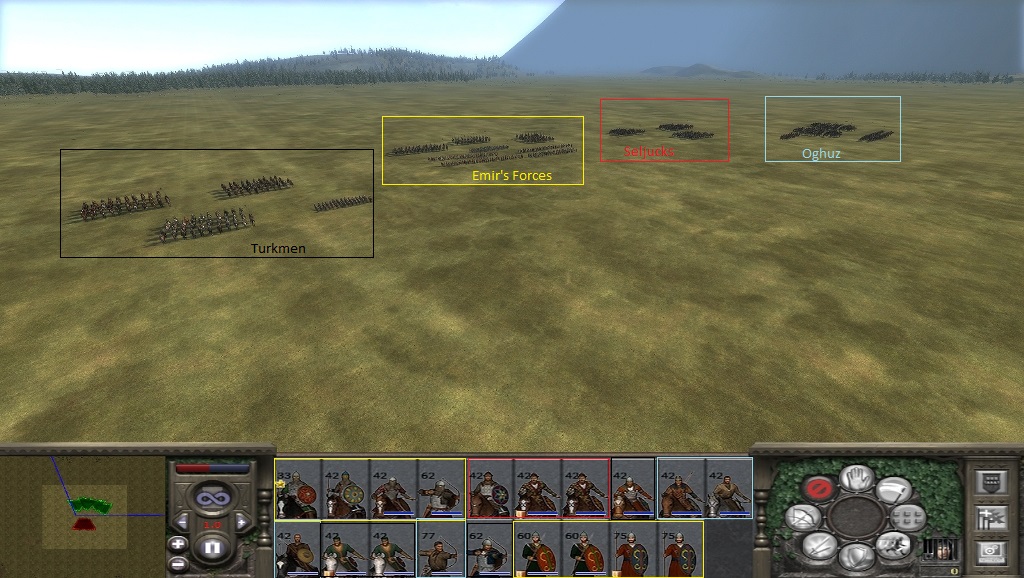
Royal Ghulams:
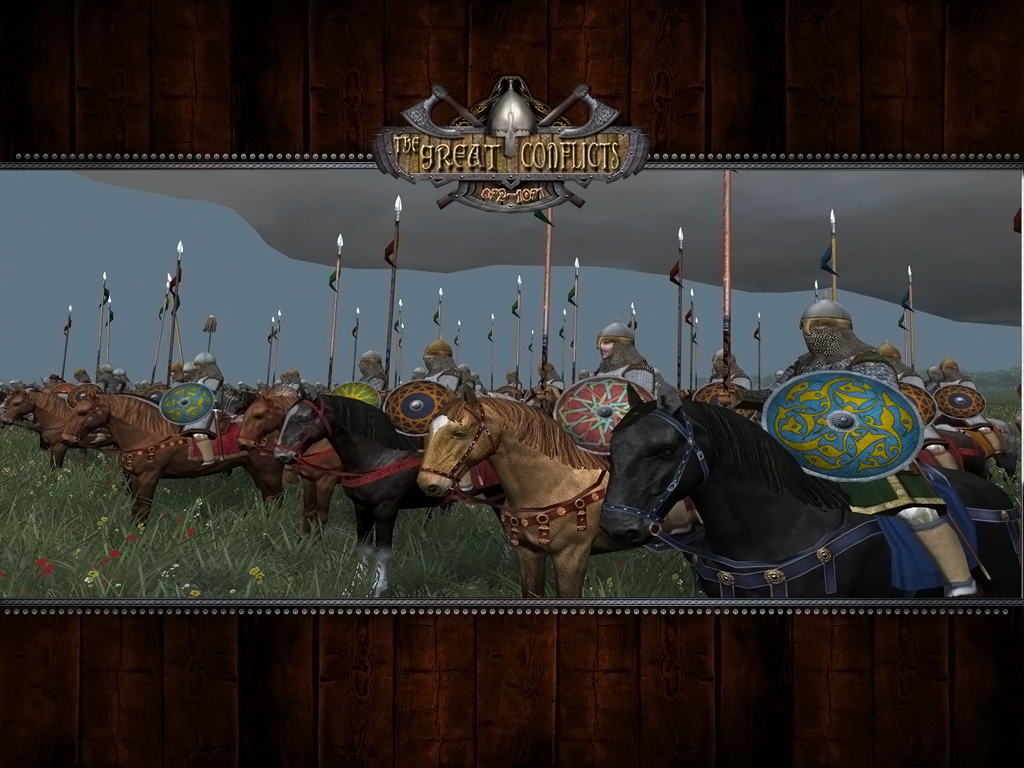
Royal Ghulams were picked personally by the Emir himself and be his most loyal men to guard his life not only in battle but also against domestic throne rivals that could be a leader of another tribe or member of his own family.
Ghulams:
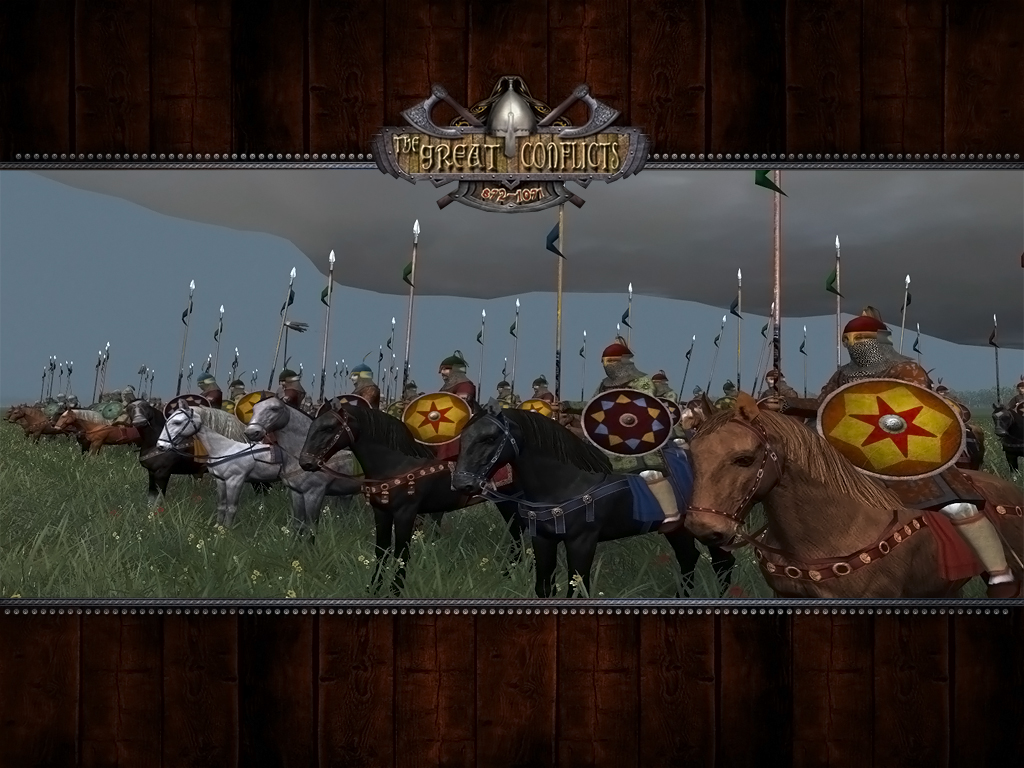
Being steppe people by origin Turkic people had the knowledge and the skills to forme heavy cavalry units. By Embracing Islam though they added such heavy mounted troops from various parts of their society , slaves, political hostages , vassals and mercenaries with the only obligation to be Muslims.
Ascaris:
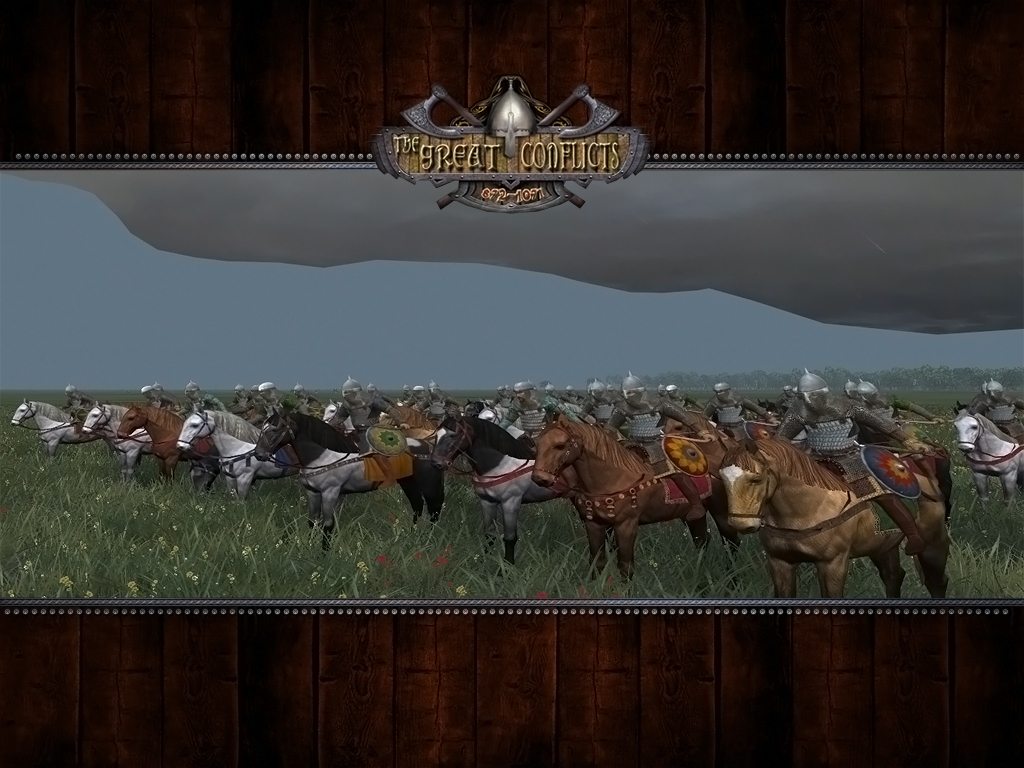
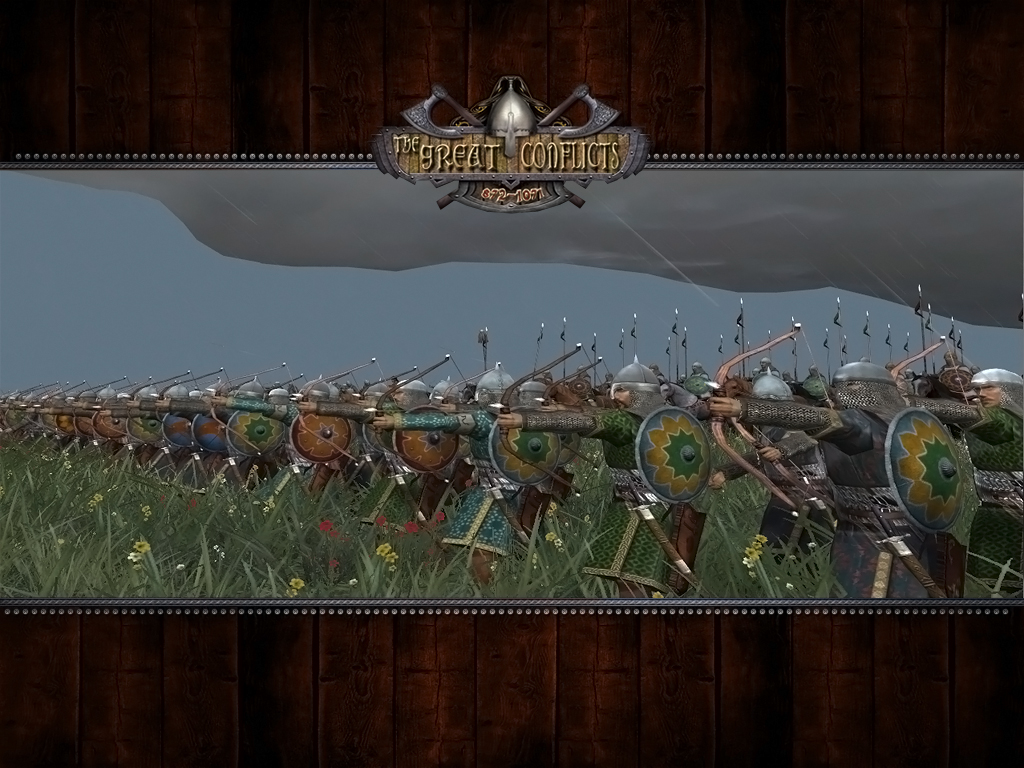
Embracing Islam also introduced Arabic terms to describe certain units. Such an example are the Ascaris .
Actually Emir’s personal army to enforce his will over the rest of the tribes and reinforce the tribal forces with a hardcore of heavily well trained and brave warriors.
Seljuc Iqta'dars
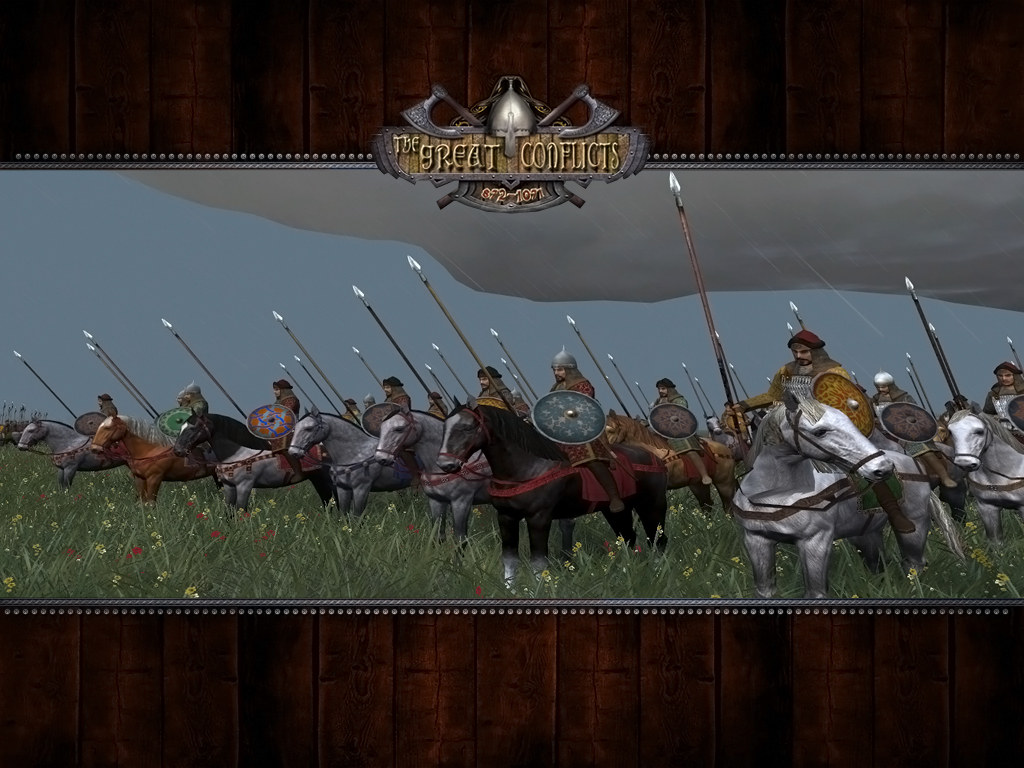
Those men are in the upper status of the Seljuk tribe . Having good quality of armors and shields they often leave their archery skill and use their courage to frighten enemy infantry formations with their lance attacks.
Seljuc warriors (horserachers).
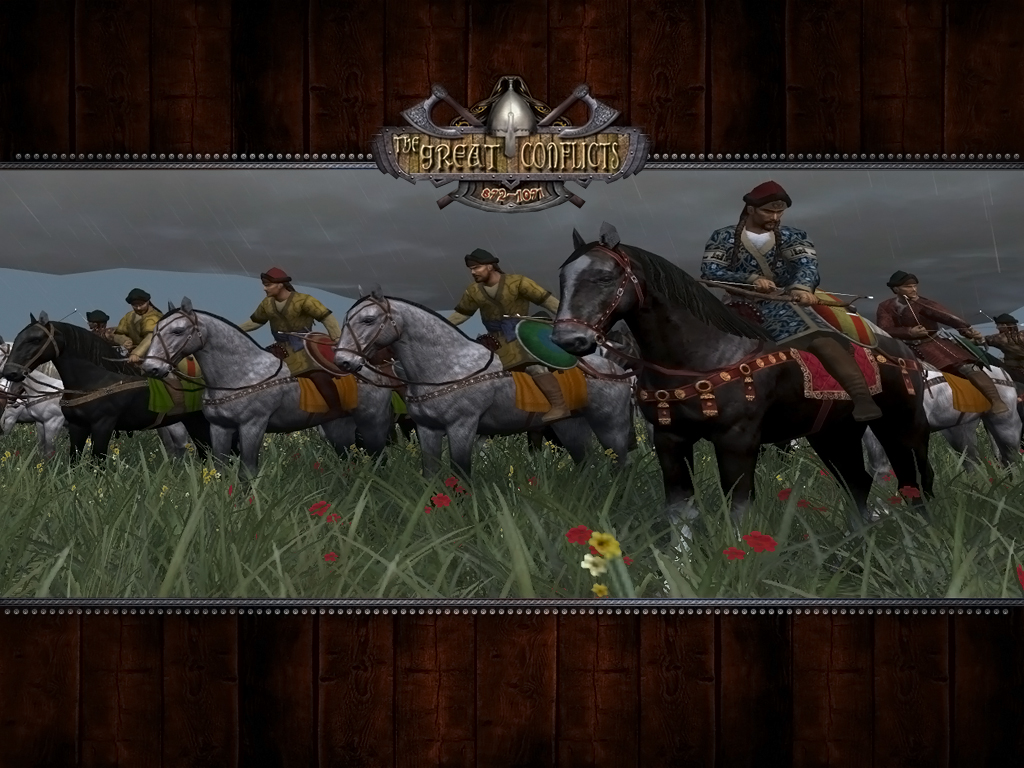
Upgrade:
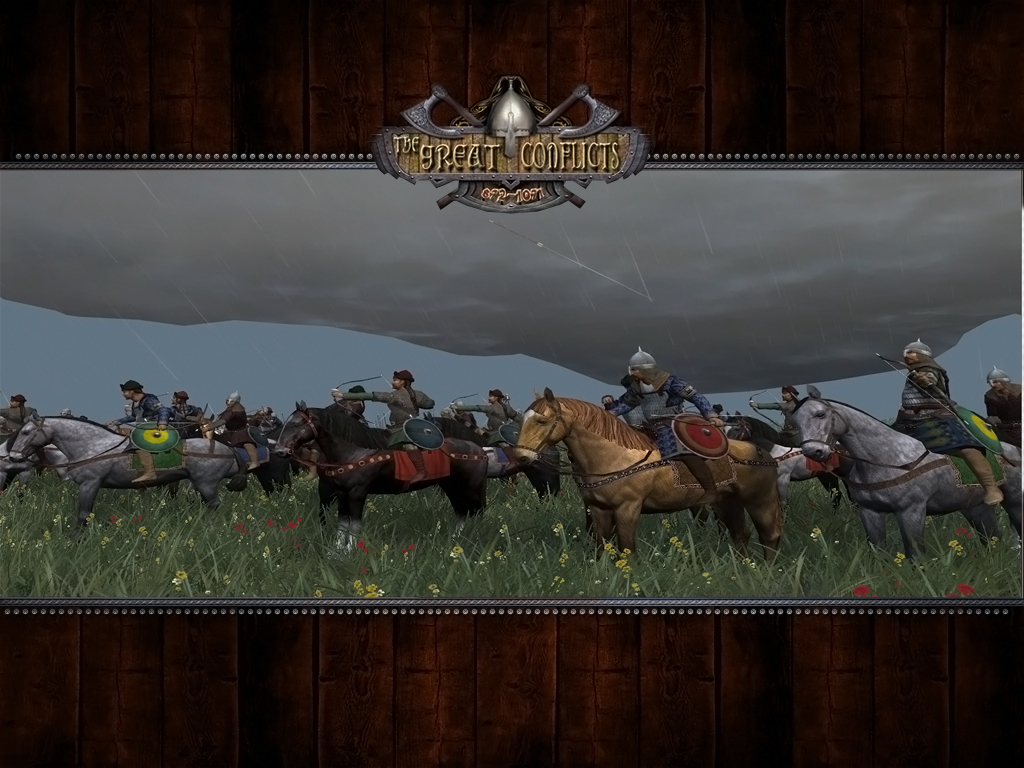
Being a steppe in origin people their better society status is not a good reason to abandon their exelent archery skills.
They are considered among the best of their kind in all steppe people.
Oghuz Begs:
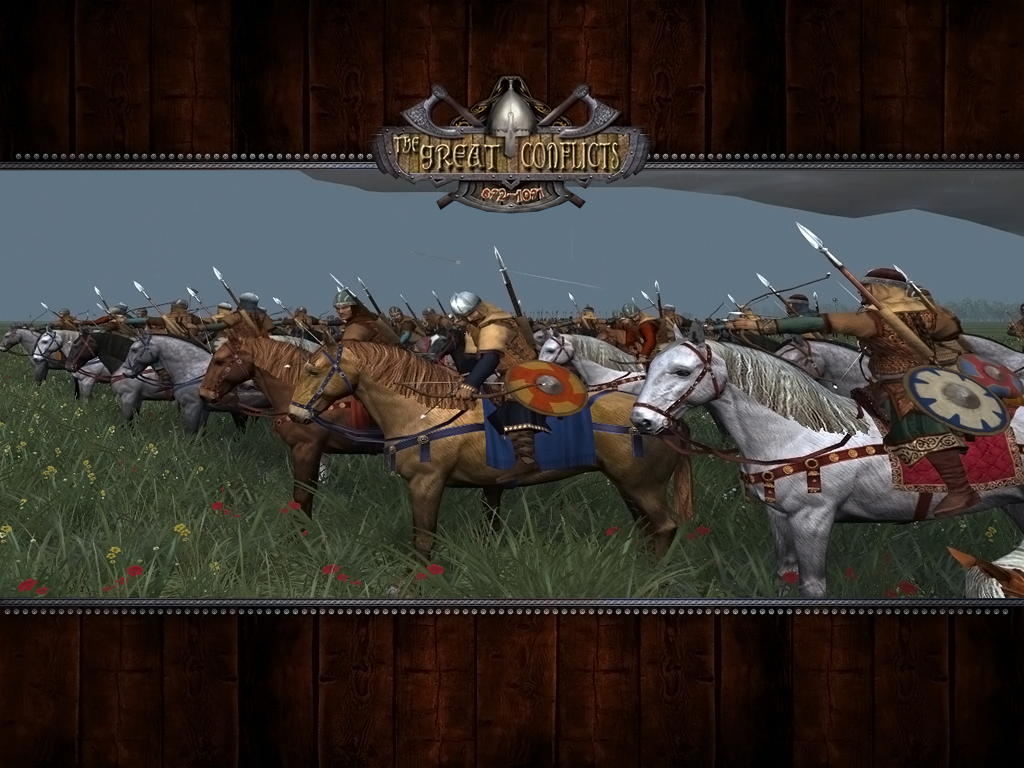
Oghuz Begs are the leaders of the Oghuz Tribe one of the oldest and bugger Turkic tribes in all steppe.
Their status allow them to have access to good quality armor and they are the typical multi role steppe warriors using all kind of weapons, starting with the composite bow , spear and swords.
Oghuz tribal warriors :
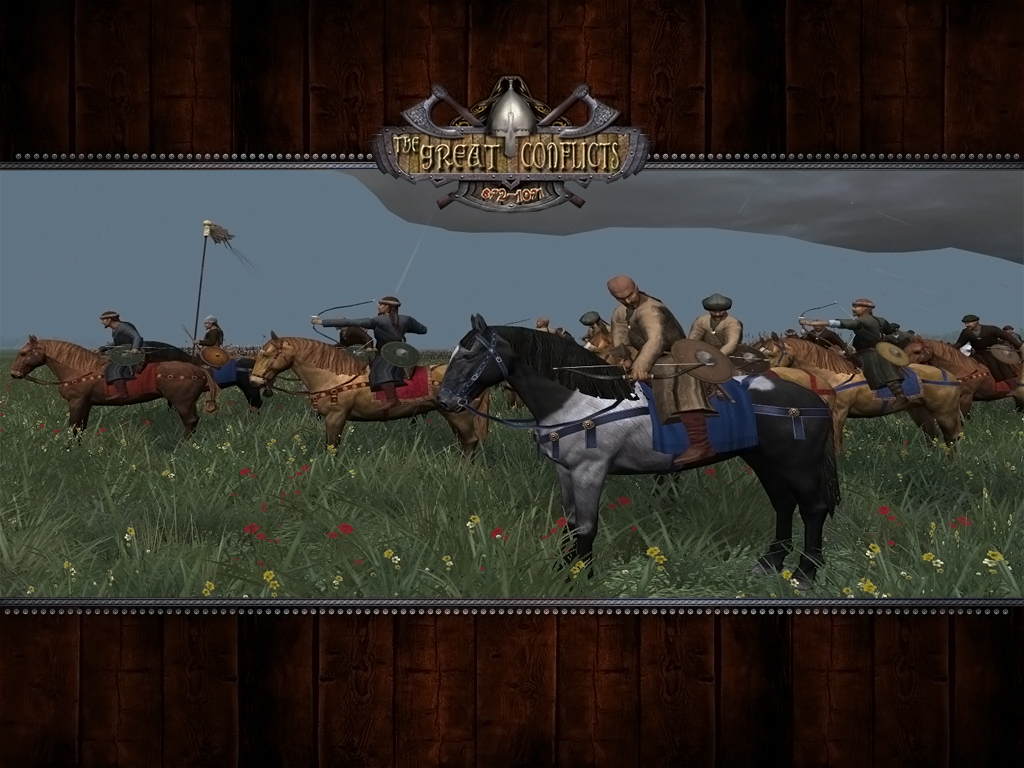
Oghuz Tribal horsemen:
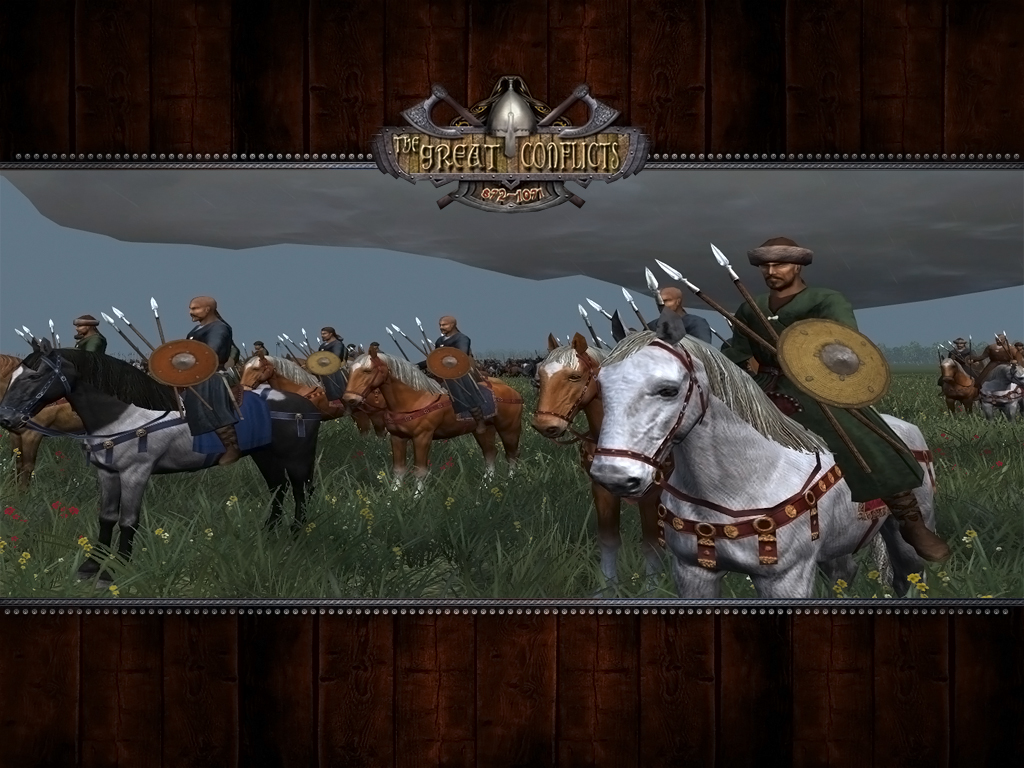
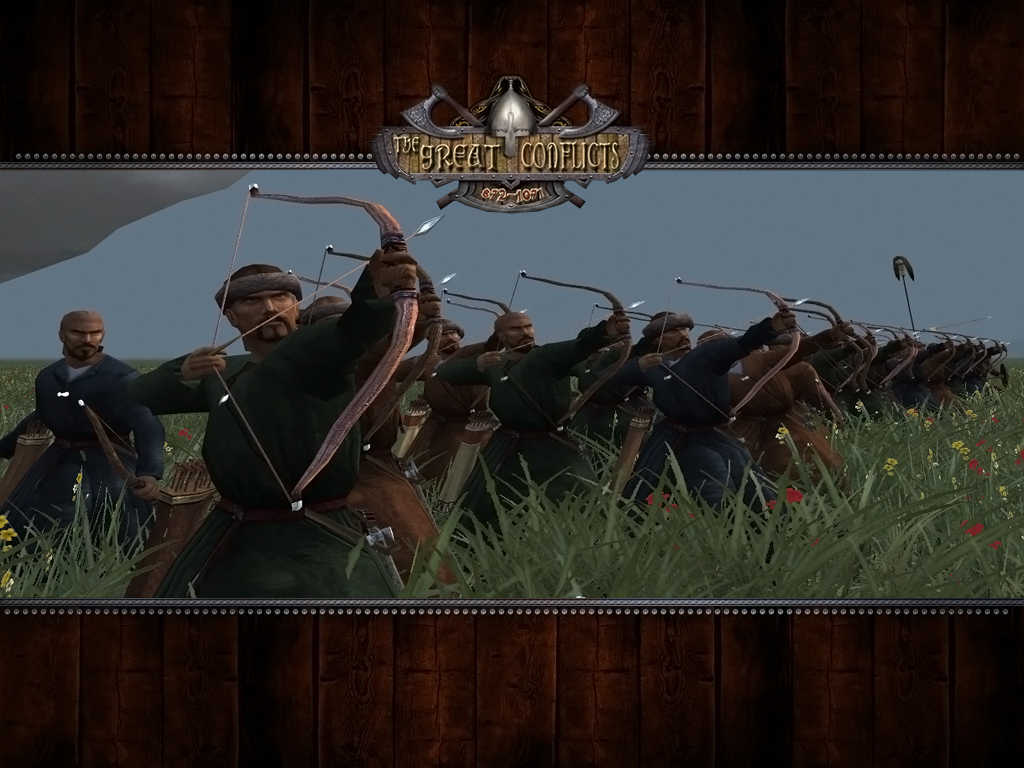
Do not let yourself be fooled by their lack of armor. Oghuz tribe has a long tradition in successful raids in both Roman and Arabic lands gaining all kind of spoils of war including slaves.
Their ability drew the Abbasid attention to hire them (at least some of them as mercenaries).
Using both bow and javelins they are a real menace to the people that suffer their raids.
Turkmen Begs :
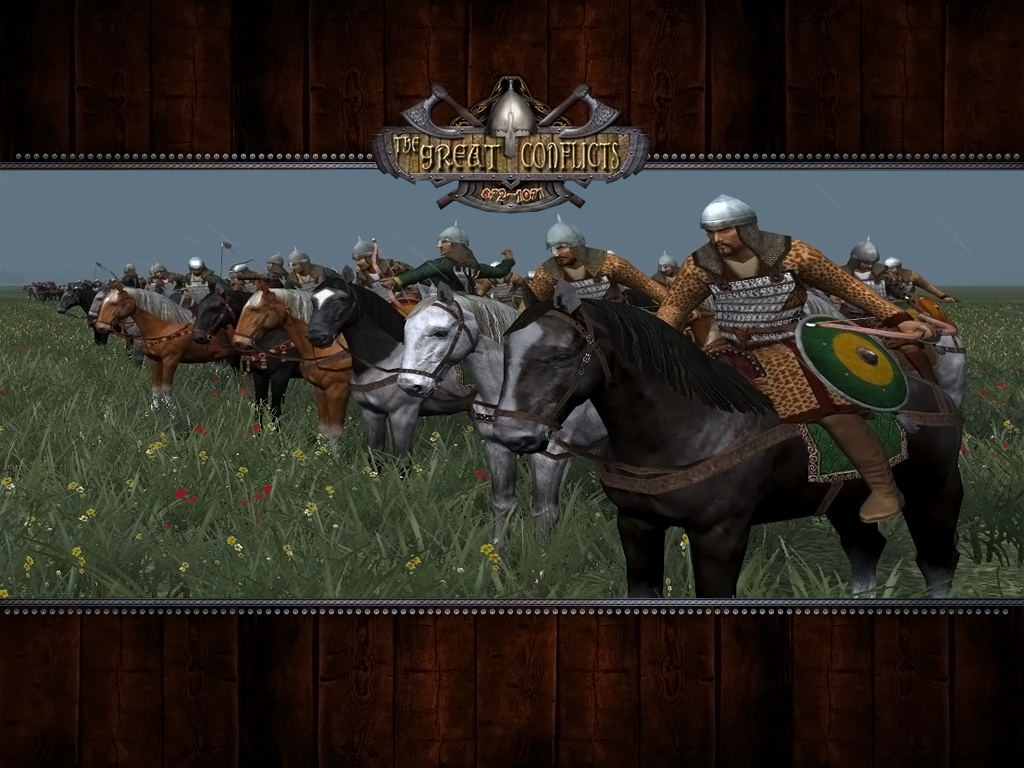
Each Turkic tribe has a number of high status warriors that have better share of the spoils of war because they already have proven their skills and courage in the countless battles Turkic people fought from the Altay Mountains to the Mesopotamia!
Turkmen archers:
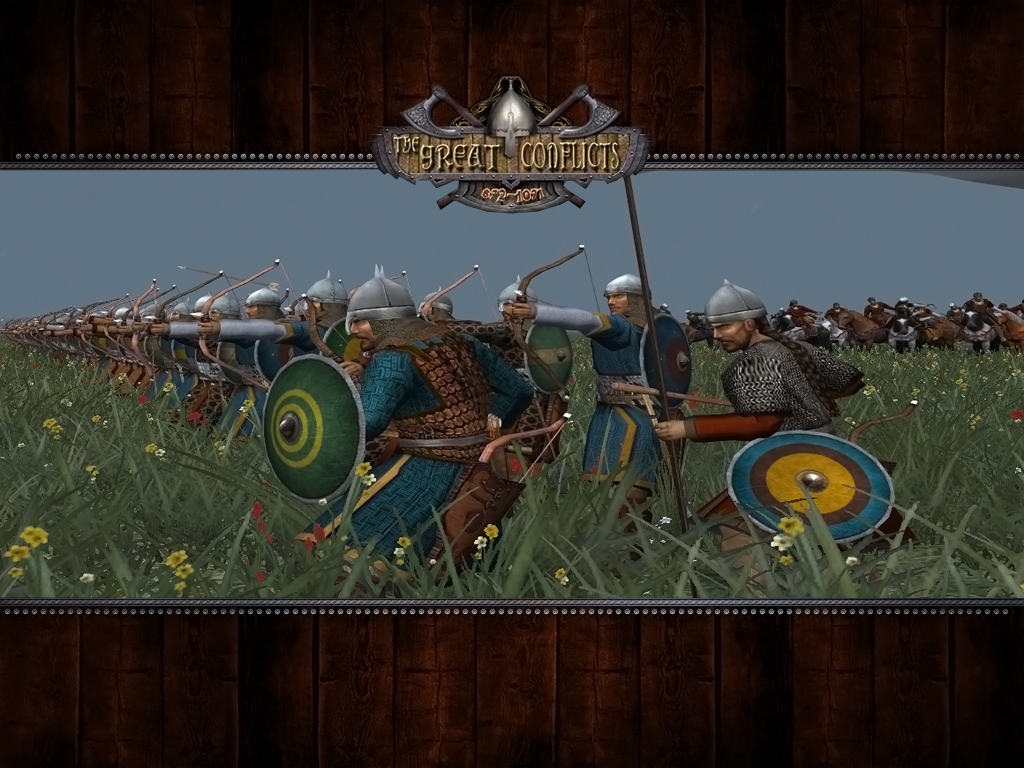
In TGC Turkmen archers represent the best quality of foot soldiers steppe people can deploy in the battlefield.
Well trained and well equipped their composite bows are lethal in ranges no Roman or Arabic bow can reach.
Turkmen tribesmen:
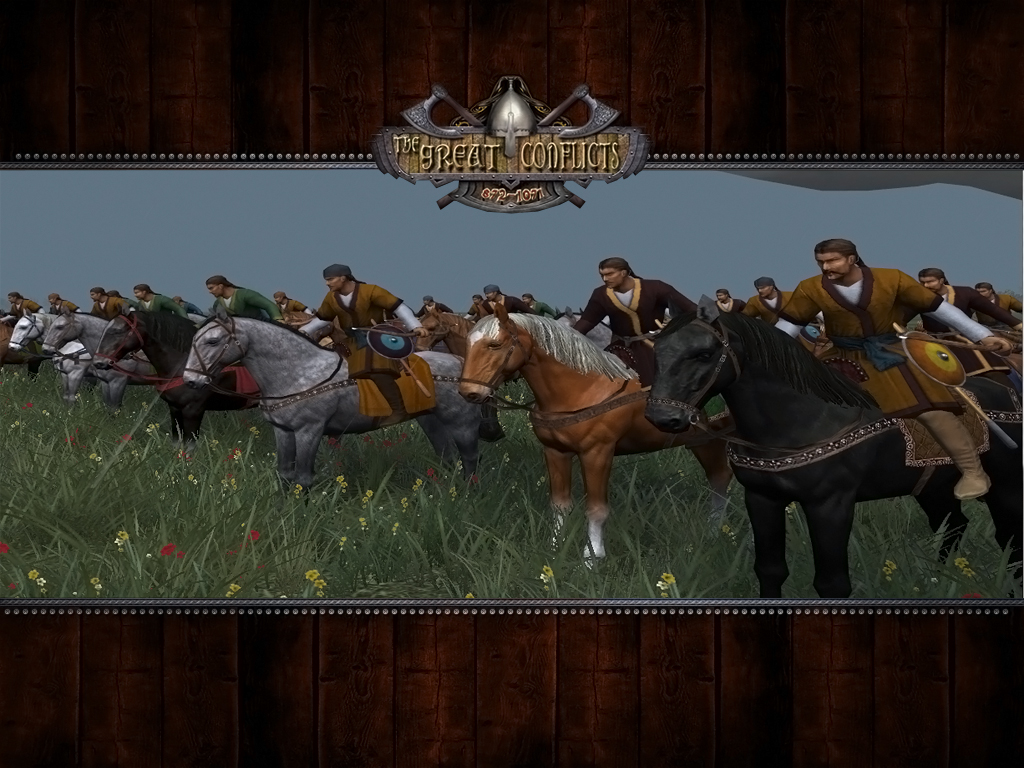
upgrade:
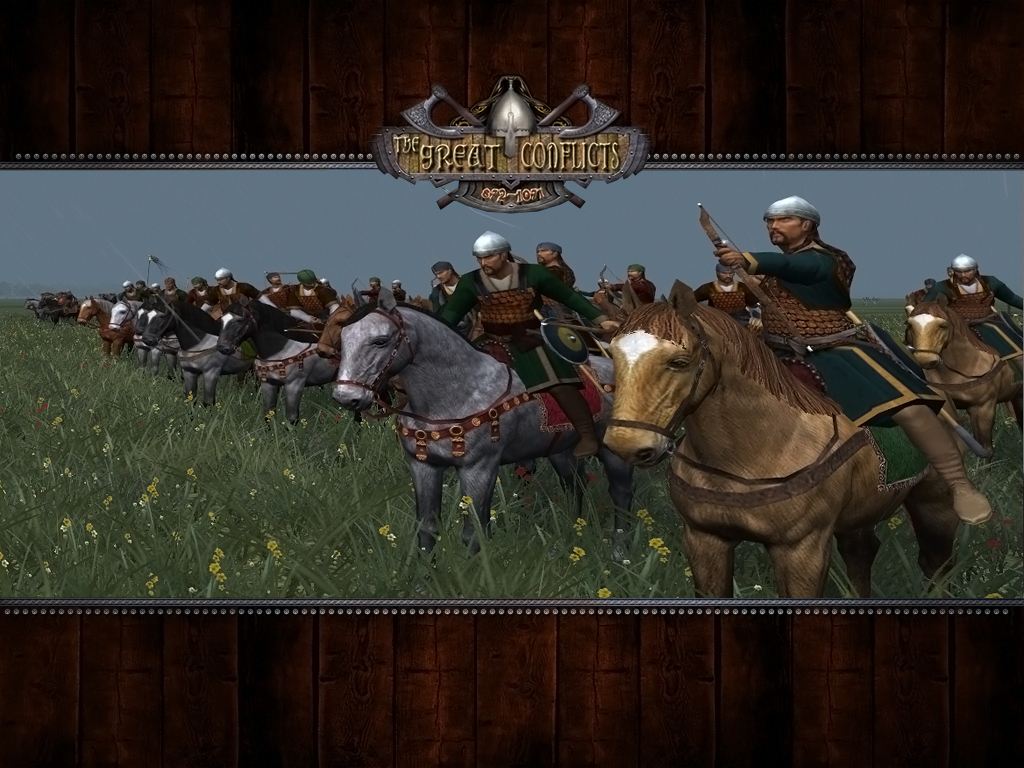
Typical steppe warriors they rely on their archery skill to eliminate the enemies but when a close combat is needed they have a surprise few nations aware of.
Their maces are lethal even to the best of the armors their enemies might be equipped with.
Daylami spearmen.
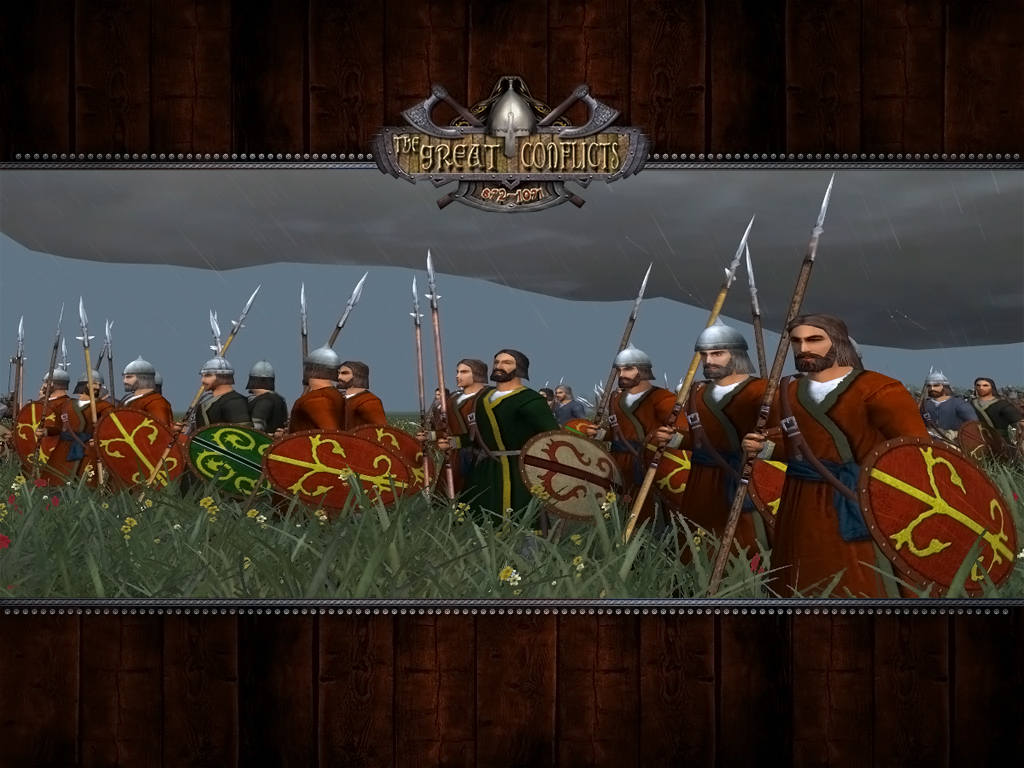
Daylami warriors offer their services for centuries in the Islamic Caliphate and even earlier to the Sassanid Empire.
Their service is no surprise with Tutkic people too. The Turcoman league has their spearmen variation as unique mercenary unit serving to their armies.
Credits:
Models,textures by Socal_infidel (ten years ago).
Realism Gravity projects AnthoniusII
Oghuz tribe info by Rampate Cid
Models,textures by Socal_infidel (ten years ago).
Realism Gravity projects AnthoniusII
Oghuz tribe info by Rampate Cid













